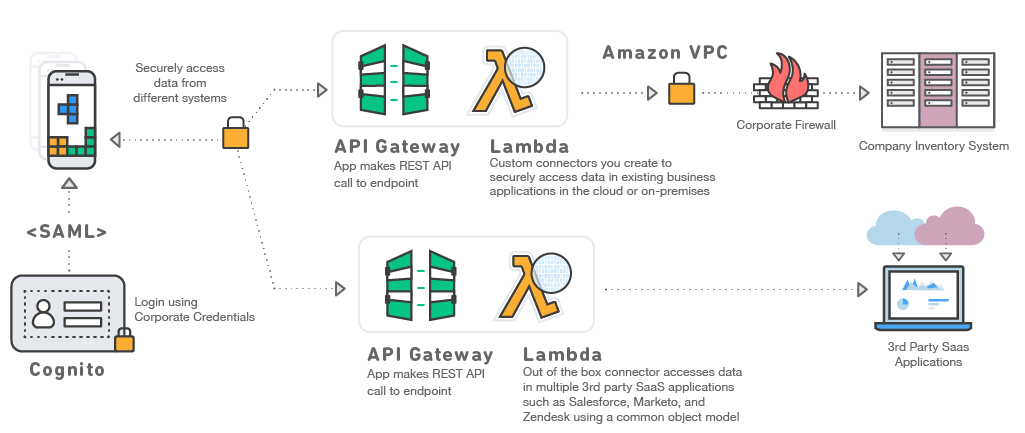Serverless computing, also known as Function-as-a-Service (FaaS), is an emerging technology that allows developers to build and deploy applications without the need to manage server infrastructure. The cloud provider manages the infrastructure, including the operating system, runtime, and scaling, allowing developers to focus on writing code.
Serverless technology is quickly gaining popularity in the cloud computing world due to its ability to reduce costs, increase scalability, and provide a more efficient development process. In this blog post, we’ll explore the benefits of serverless technology and why it’s a game-changer for cloud computing.

Cost Savings
One of the most significant benefits of serverless technology is cost savings. With traditional server-based computing, you need to pay for servers, storage, and other infrastructure costs, whether or not you’re using them. In contrast, with serverless technology, you only pay for the computing resources you use, making it a much more cost-effective solution. You can save money by scaling up or down as needed, without paying for unused resources.
Scalability
Scalability is another advantage of serverless technology. Traditional server-based computing requires you to purchase and maintain enough servers to handle your maximum expected workload. This can be expensive and time-consuming. With serverless technology, you can scale your application up or down automatically in response to changes in demand, without the need for manual intervention. This means you can handle spikes in traffic without experiencing downtime or performance issues.
Efficiency
Serverless technology allows developers to focus on writing code rather than managing infrastructure. This can lead to a more efficient development process, as developers can spend more time writing code and less time managing servers. Additionally, serverless technology allows for faster deployment times, as developers can deploy changes to their applications more quickly.
Challenges
While serverless technology offers many benefits, it also presents some challenges. One of the primary challenges is vendor lock-in. When you use a cloud provider’s serverless platform, you’re tied to that provider’s platform and APIs. It can be challenging to switch to a different provider or to move your application to an on-premise environment.
Another challenge is performance. While serverless technology is scalable, there can be performance issues when your application requires a lot of CPU or memory resources. Additionally, serverless technology can be more difficult to debug and monitor than traditional server-based computing.
Conclusion
Serverless technology is an emerging trend in cloud computing that offers many benefits, including cost savings, scalability, and efficiency. If you’re looking for ways to save money and improve efficiency in your business, moving to the cloud is definitely worth considering. Contact Hyntech today to learn how we can help you make the move to the cloud and achieve real cost savings for your business.
